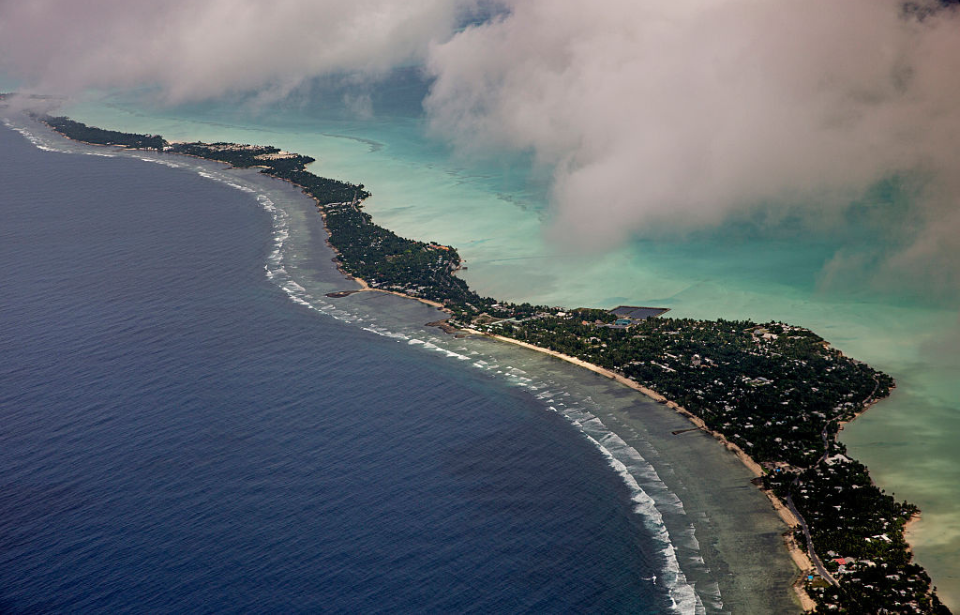Kiribati is an island nation in the central Pacific Ocean that’s renowned for being the only country in the world located in all four hemispheres. Its unique positioning is the result its spread across the equator and the 180th meridian, placing it in the Northern, Southern, Eastern and Western hemispheres. While that’s what makes its unique, there’s much more to this stunning locale.
Who initially inhabited Kiribati?
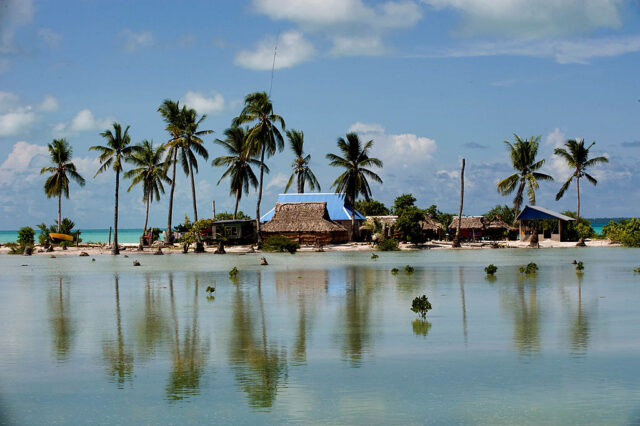
The islands that make up Kiribati – Gilbert, Phoenix and Line – were initially inhabited by Austronesian-speaking peoples around 3000 BC, with a larger population of Micronesians arriving around 200 AD. They were later influenced by voyagers from Samoa, Tonga and Fiji, who introduced cultural elements from Polynesia and Melanesia, resulting in a unique identity.
European contact
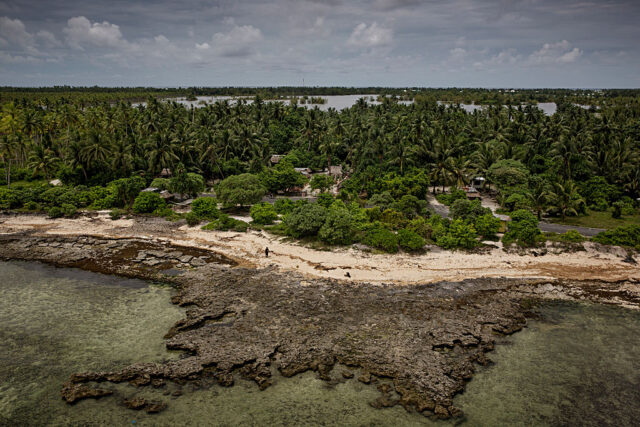
European contact began in the 17th and 18th centuries, at a time when the Phoenix and Line Islands were uninhabited, due to a lack of natural resources and how isolated they were. These visitors were made up of merchants, whalers and slave traders, and their appearance resulted in the creation of the British protectorate of both the Gilbert and nearby Ellice Islands in 1892.
Nearly a century later, in 1979, Kiribati gained independence from the United Kingdom.
Occupied by the Japanese in World War II
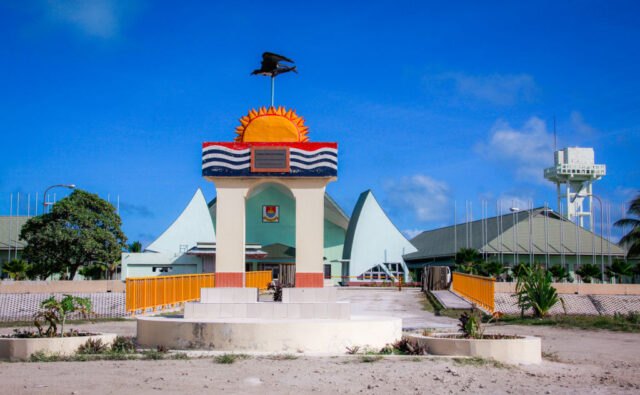
As with many island nations during the Second World War, Kiribati was occupied by the Japanese. As a result, the islands played host to many engagements throughout the conflict, the bloodiest of which was the Battle of Tarawa in November 1943, which was part of the Gilbert and Marshall Islands Campaign.
By the end of the conflict, Kiribati had been liberated from Japanese control.
Nuclear testing on Kiribati
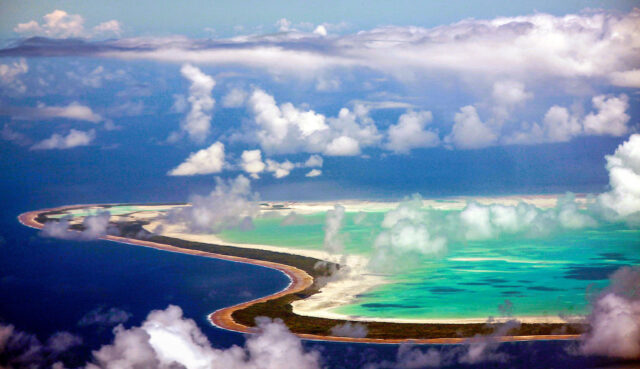
During the Cold War, the British and the United States conducted nuclear testing on Kiribati. Between 1957-58, the former conducted three hydrogen bomb tests, and the latter performed 24 tests in 1962 alone, with bombs primarily dropped from Boeing B-52 Stratofortresses.
Where does most of the population live?
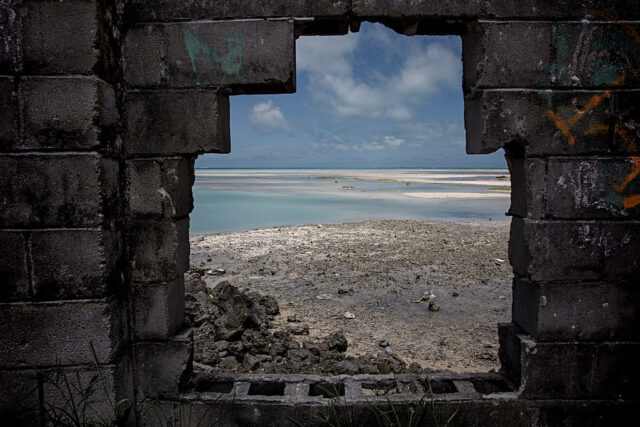
Kiribati’s population of over 116,000 is concentrated on the Gilbert Islands, with South Tarawa being the most densely populated. While more people reside there than they did centuries ago, the Line and Phoenix Islands still have a smaller overall population.
Kiribati’s cultural heritage
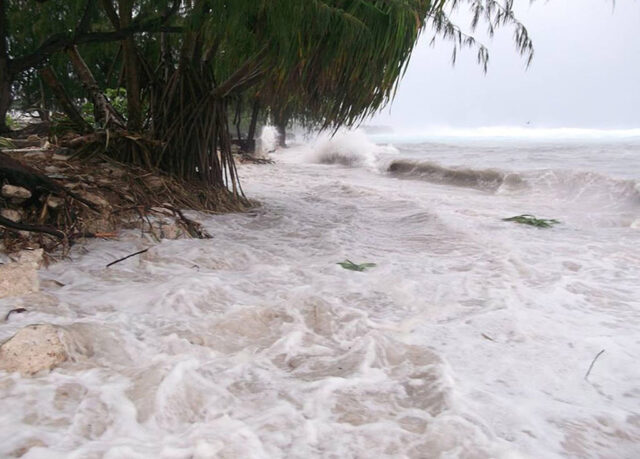
Kiribati boasts a rich cultural heritage that’s deeply rooted in its oral traditions, music and dance. The country’s traditional music is characterized by chanting and body percussion, and is often accompanied by guitars, while dances feature unique movements that mimic the flight of the frigate bird, a national symbol.
Kiribati’s geographic location poses environmental risks
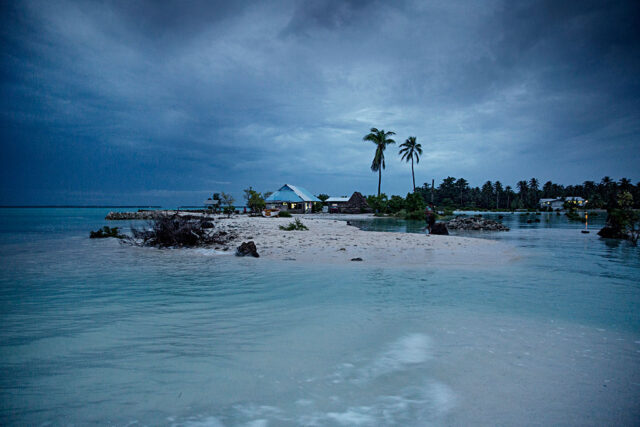
Kiribati’s geographical position comes with environmental challenges. It faces severe threats from climate change, with rising sea levels posing a danger to low-lying atolls. The government has been proactive in addressing these issues, participating in climate change discussions on the international stage and implementing adaptation programs.
An example of this is the Kiribati Adaptation Program, which aims to enhance the country’s resilience to climate impacts by improving water management and coastal protection. There’s also been talk of potentially relocating Kiribati’s population, if things get severe enough.
Fishing plays an important role in the economy
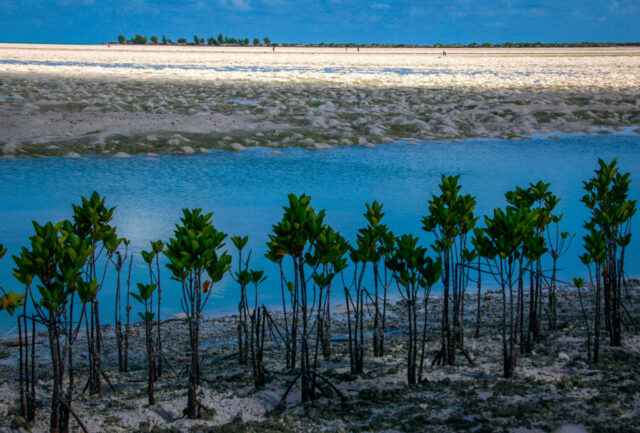
Kiribati’s economy is primarily based on fishing and copra production. The country faces economic challenges, due to its limited natural resources and dependence on foreign aid. Efforts are being made to diversify it, with initiatives in ornamental fish exports and seaweed farming.
A growing tourism industry
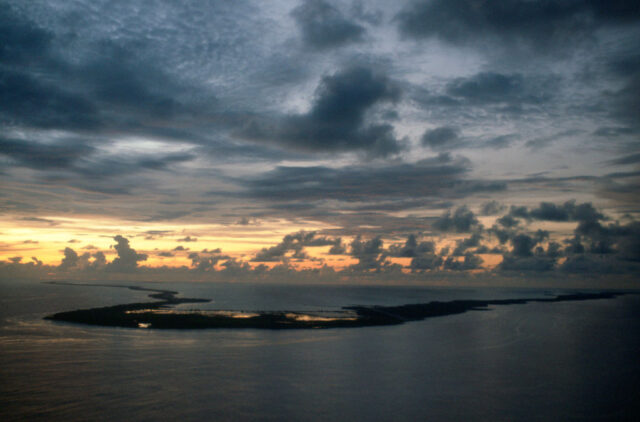
More from us: Al Capone Used to Frequent a Small-Town Café Along Route 66 – And It Still Exists!
Want to become a trivia master? Sign up for our Today In History newsletter!
Tourism in Kiribati offers visitors a chance to explore untouched natural beauty and vibrant cultural experiences. You can enjoy activities like snorkeling, diving and fishing in the pristine waters that surround the islands. As well, cultural festivals and dance performances provide a glimpse into the rich heritage of the country’s people.
